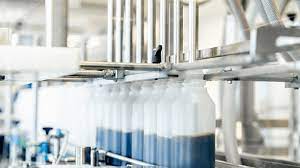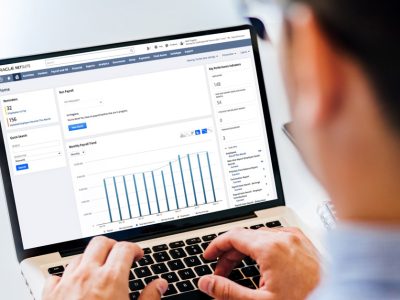Liquid-filling solutions have also evolved as businesses seek ways to improve their production efficiency. Now with Automatic Liquid Filling Manufacturing systems, you can get the desired filling solutions in your facility and reduce the time and labor required to fill containers. However, selecting the right filling solution for your business can be a complex task as there are many factors to consider.
So, read the section below before you go ahead with selecting the right filling solution for your business.
Capacity Requirements
Your capacity requirements are among the first things to consider when selecting a piece of filling machinery. You must determine how much liquid you need to fill per hour and the size of the containers you will fill. It can help you narrow your options to systems that meet your specific production needs. Selecting a system with a higher capacity than you currently require may be a wise investment, as it can provide room for growth and expansion in the future.
Type of Liquid
The type of liquid you will be filling is another important consideration. Different liquids have different viscosity levels, which can impact the type of filling technology required. For example, thicker liquids may require a piston filling system, while thinner liquids may be better suited to a gravity or overflow filling system. Additionally, certain liquids may be more prone to foaming, impacting the type of filling nozzle required. It is important to select a system designed to handle the type of liquid you will fill to ensure optimal performance and accuracy.
Level of Automation
Another key consideration is the level of automation required for your production line. Fully automated systems can handle every aspect of the filling process, from container handling to filling to capping and labeling. On the other hand, semi-automated systems require more manual intervention, such as manually placing containers on the filling line. While fully automated systems offer the highest efficiency and accuracy, they also tend to be more expensive.
Filling Accuracy
The accuracy of the filling system is another important consideration. An inaccurate filling can result in product waste, additional costs, and potential quality control issues. Look for a system designed to provide precise filling, and consider options such as a weight-based filling or volumetric filling to ensure accuracy.
Maintenance and Support
Like any equipment, filling systems require regular maintenance and upkeep to ensure optimal performance. Consider the level of maintenance required for each system you are considering and the availability of support and replacement parts. Selecting a system with a proven reliability and durability track record can save you time and money in the long run.
Cost
Finally, the cost is always a key consideration when selecting equipment for your business. Automatic filling systems can come in a few thousand dollars and go as high as hundreds of thousands of dollars, depending on the required automation level and capacity. It is important to balance the cost of the system with the potential return on investment, as well as any potential long-term cost savings that may be achieved through increased efficiency and productivity.
The right Automatic Liquid Filling Manufacturing system is necessary for your business to have the correct filling solution. In addition, other factors that require careful consideration are capacity requirements, the type of liquid being filled, the level of automation required, filling accuracy, maintenance and support, and cost. By carefully weighing these factors, you can have a solution capable of meeting your production needs while providing a solid return on investment.












Comments